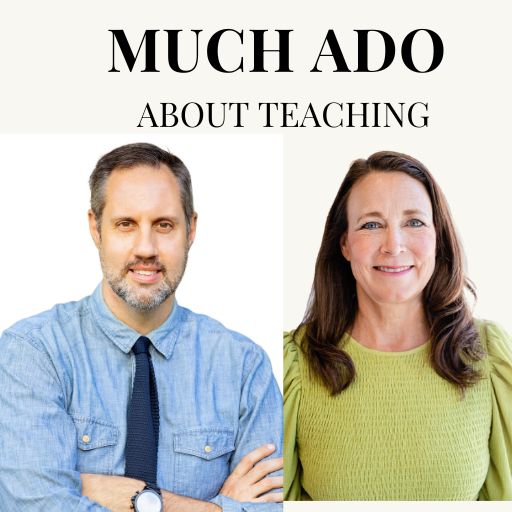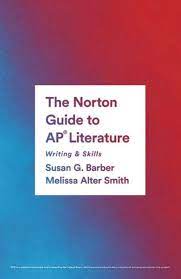What an absolute treat is was to have Aimee Nezhukumatathil speak to AP Lit teachers for professional night at this year’s reading. She is just a bundle of pure joy, and even though the event was on Zoom, her personality was not diminished one tiny bit!

Here are my takeaways from the night:
1 – “What people may not anticipate or understand for your life path may very well be your superpower.” She used this video to frame up her story of following her instincts and becoming a poet instead of a writing. Her curiosity of the natural world allows her to reframe how she thinks about life. I was so inspired by her ability to notice and draw observations from nature.
2 – “Wonder: curiosity with a smile.”
Aimee spoke of the lack of wonder in our world stating, “When you make wonder a practice, you feel less alone.” She also spoke of wonder as a mirror for learning more about ourselves and a window as a way to be more curious of others.

3 – Finally, she gave advice for teachers.
Floss – because your teeth are connected to your heart.
Say “thank you” once a day.
Do whatever it takes for your classroom to stay curious. This one hit hard for me. My classroom has not felt like a curious space for the last couple of years for many reasons – some stemming from me, some stemming from students, and some stemming from society in general. Sure we’ve had some bright spots but overall my – and my students – curiosity has been traded in for going through the motions. I’m not exactly sure what needs to change, but something for sure has to because I don’t want to keep operating in the mode. Here are some questions I’ll be chewing on over the summer:

What does a curious classroom look like? Here are Aimee Nezhukumatathil’s suggestions. I’d love to know how you create a curious classroom.

I’ll add a #4 to this list: read more poetry. Poetry intuitively invites us to be curious so expose your students to as much poetry as possible – and then add in some more.
And now – a quick and easy lesson on one of my favorite Aimee Nezhukumatathil poems:
“On Listening to Your Teacher Take Attendance”
Step 1 – Poem Construction
The poem is structured in couplets with the exception of the last line which makes it perfect for a poem puzzle or construction activity. I’ve divided the lines a couple of ways. The first is to cut each line into a strip and let students start putting the poem together. The second is grouping all of the first lines of the couplet in one paper clip and the second lines of the couplet in another paper clip which is perfect for students who may need more structure. At the beginning I tell students that the poem consists of 11 couplets and a single line so they have some idea of how to organize. In many poem construction activities, I give students the first line; however, there are only two capital letters in the poem making that task easier. Here’s a doc with the poem blown up for cutting.
Digression: Why cut up a poem? Isn’t this a waste of time which delays students from getting into the real work? I think not. Constructing a poem forces a close reading with students being so engaged in the activity they often fail to realize the thinking about literature that’s actually happening. I love teacher tricks like this!
Step 2: Introduce Imagery and Selection of Detail
This is the perfect poem for imagery because the images are so detailed and specific, providing students a clear-cut opportunity to move from identification to function. I give students the definition of imagery, a hard copy of the poem, and tell them to work through the poem marking imagery and any other details they notice. .
“Any sensory detail or evocation in a work; more narrowly, the use of figurative language to evoke a feeling, to call to mind an idea, or to describe an object. Imagery may be described as auditory, tactile, visual, or olfactory depending on which sense it primarily appeals to—hearing, touch, vision, or smell.” (Norton Guide to AP Literature)
Step 3: Making Meaning
In pairs of small groups, students work together to unpack the imagery. The focus here is for students to think of how the details expand our thinking of the poem or how bringing in an image or detail not typically associated with name pronunciation at school invites us to rethink the situation in a different way. This table may help guide conversation.
| Imagery (literally) – Record specific details | What sense does this involve, why might this be important | What feeling does this evoke? Analyze at the word/phrase level. | How does this expand your thinking on the text? |
Step 4: Discussion or Writing
We work with this poem early in the year and don’t write an essay on it. However, this prompt by Brian Hannon is excellent! And even though we don’t write on it, this is the copy I give my students for marking and close the lesson with them discussing the prompt.
Digression: Brian has three of Aimee’s lessons on his site LMS Voice Curriculum. If you’ve never checked out his site, now is the time!!
I’ve had good success with this lesson; take it and make it your on then let me know how it turns out. And I’d love to hear from you: how do you personally stay curious and create a curious classroom?

Susan Barber teaches AP® English Literature at Midtown High School in Atlanta, Georgia, and serves as co-chair of the AP® Literature Development Committee. She is the coauthor of The Norton Guide to AP® Literature: Writing & Skills (2022), forthcoming engaging lessons book with Brian Sztabnik (Corwin), ELA consultant, and speaker. Susan is most proud of the work she does on a daily basis in E216 and never tires of the beauty and chaos of the classroom.












